The conditions are just right for online grocery players. But there is a giant spanner about to be flung into the carefully balanced machinery of food delivery: the return to the office.
Online grocers have built up slot capacity to record levels. Some, like Ocado and Waitrose, through the opening of new CFCs, everybody else through converting more stores to pick sites. Demand has held at near-record highs, with thousands of Brits trying online food shopping for the first time during the pandemic – first through necessity, then because of convenience (convincing consumers to try it once has long been the biggest hurdle for adoption of the channel). Meanwhile, the heightened throughput of orders has seen the cost of delivering them halve since the start of last year (at least for store-picked shopping) according to research by Atrato Capital.
Online ops are running so smoothly at the moment because most customers are in, most of the time. They are booking slots at any time of day, and any day of the week. What’s the difference when you’re home anyway?
But what if you’re not?
Retailers call it the ‘shape of the week’. And right now it’s pretty much a flat line, meaning order fulfilment can run at peak constantly, with all the efficiency gains and operational simplicity that creates. But when people return to the office over the coming months, the huge peaks and troughs of demand are set to rear their ugly heads.
Solutions are needed, and last week it was revealed Asda is trialling one: a big black lock box for food to be safely stowed in even when the customer is not at home.
It’s a simple if rather inelegant solution. It’s unlikely many people will want a supermarket-branded box bolted to the front of their house. And is the end game a dedicated box for every online retailer with whom they might shop? Streets will soon look like “the Maginot Line”, one shopper commented.
Others have tried more neighbourhood-friendly alternatives. Amazon drivers can deliver to the garages of participating customers with the use of various digital locks and devices. (It had trialled the same but with packages left inside customer front doors, but this raised “emotional concerns”.) Last month, Amazon extended in-garage delivery to every US city where it offers grocery deliveries. Walmart InHome subscribers can have their fridges filled directly by drivers, even when they’re not at home, with similar digital locks (bodycams set customer minds at ease). Waitrose started trialling something similar in 2018, since suspended due to Covid.
Whatever solution wins out – and gets security, customer comfort and aesthetics just right – is yet to be determined. Perhaps just as wheelie bins have become a standard fixture of Britain’s streets, so too may lock boxes like Asda’s. But expect a flurry of innovations from the supermarkets in coming months as they grapple with the back to work, shape of the week spanner.



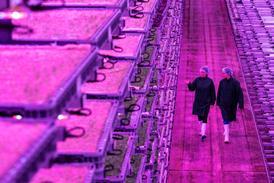



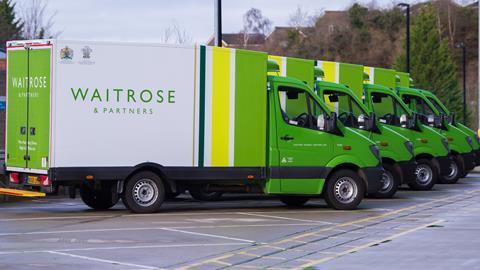
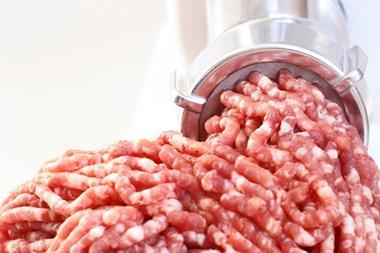

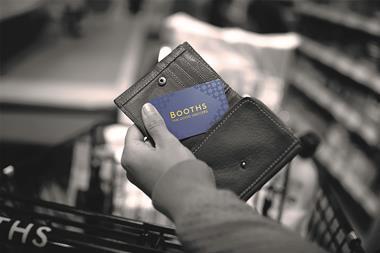




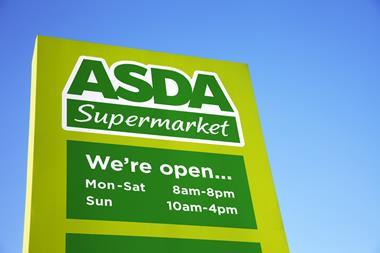



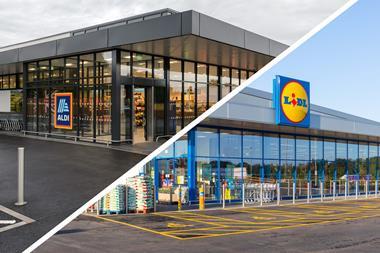
No comments yet